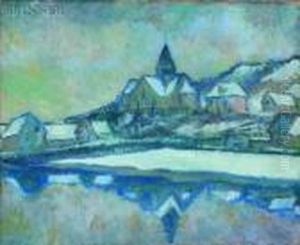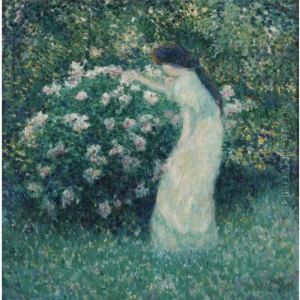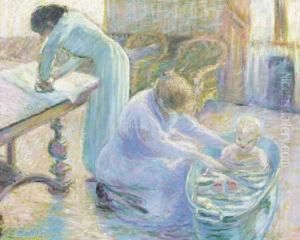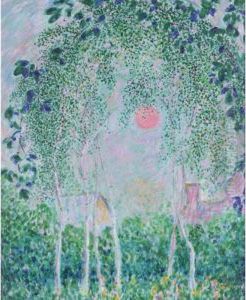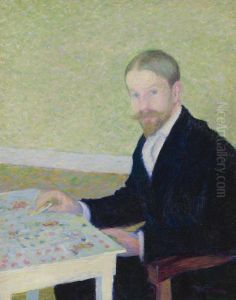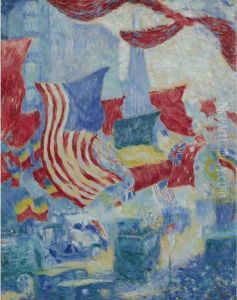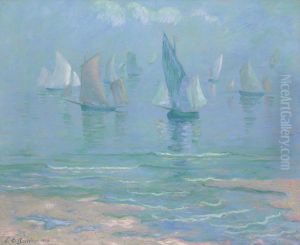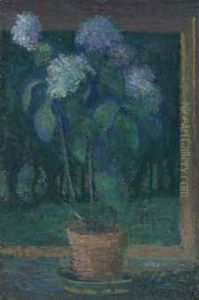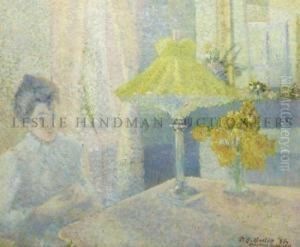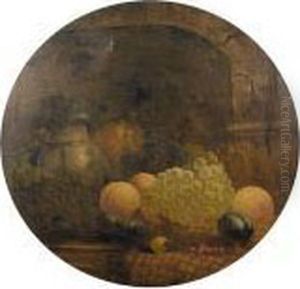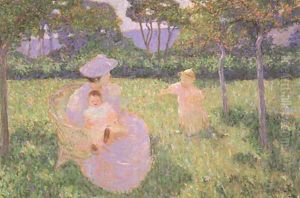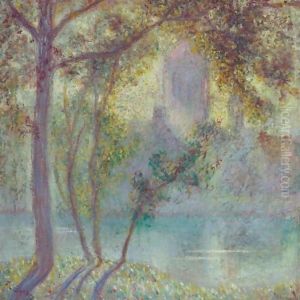Theodore Butler Paintings
Theodore Earl Butler was an American impressionist painter. He was born on August 13, 1861, in Columbus, Ohio. Butler studied art at the School of Design in Cincinnati and later at the Art Students League in New York. Seeking further education and inspiration, he moved to Paris, where he studied under renowned French artists such as Carolus-Duran and Jean-Léon Gérôme. During his time in France, Butler became closely associated with the French Impressionist movement, which was characterized by a focus on light and its changing qualities, ordinary subject matter, and distinctive brushwork.
But Butler is perhaps best known for his connection to the family of Claude Monet, the leading French Impressionist painter. In 1892, Butler married Monet's stepdaughter, Suzanne Hoschedé, after which he spent a significant amount of time in Giverny, the rural retreat where Monet lived and worked. This proximity to Monet had a profound influence on Butler's work, which began to incorporate the Impressionist style's emphasis on color and light.
Throughout his career, Theodore Butler exhibited his work in various salons and galleries. He was a member of the Société Nationale des Beaux-Arts and the American Art Association in Paris. Despite his close ties with French Impressionists, Butler's work was also well received in the United States, and he maintained his American citizenship throughout his life.
Following the death of his first wife, Suzanne, in 1899, Butler faced personal challenges but continued to paint. In 1900, he remarried to Suzanne's younger sister, Marthe Hoschedé. Despite the unusual nature of this second marriage within the same family, Butler found happiness again, and Marthe often featured in his paintings.
Butler's later years saw him continue to work in Giverny, where he became a central figure in the artists' colony that had grown around Monet. His work from this period reflects a matured Impressionist style, with a strong focus on the Giverny landscape and domestic scenes. Theodore Butler died on May 2, 1936, leaving behind a rich legacy of Impressionist artwork that bridged the French and American art scenes of the late 19th and early 20th centuries.




